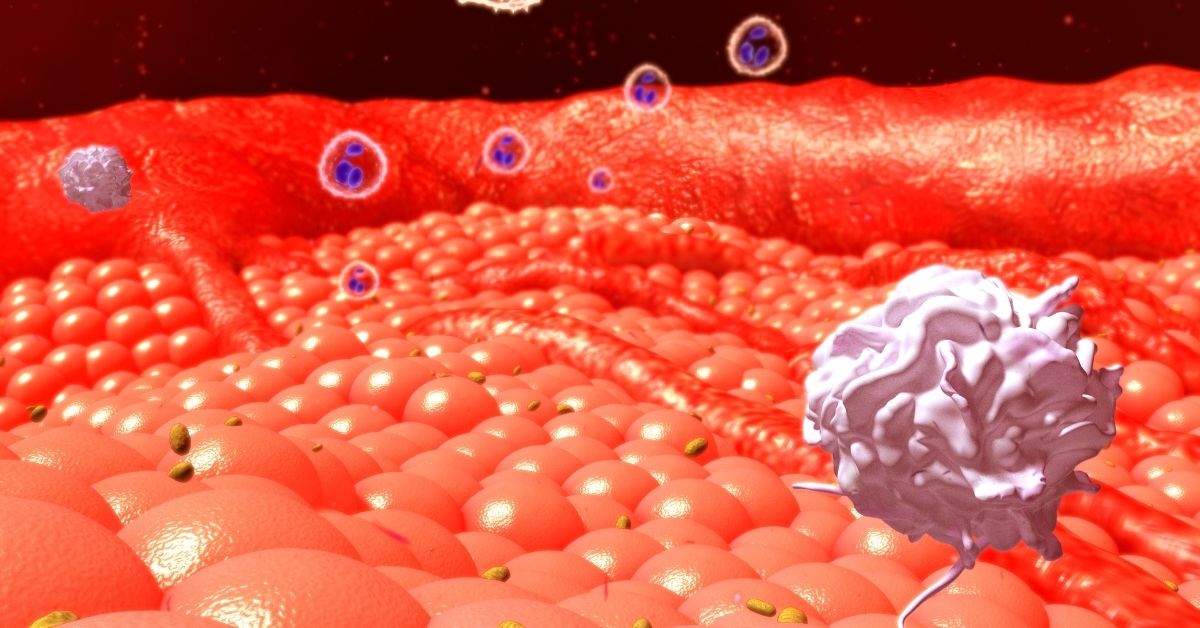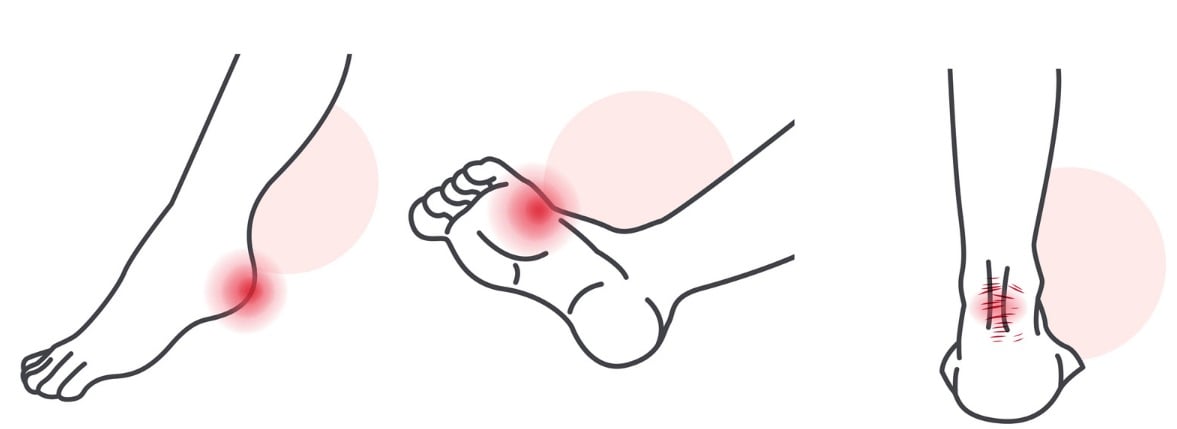Messina Lab Developing a Treatment for Previously Non-Healing Wounds in People with Diabetes

The Messina Lab at the UMass Diabetes Center of Excellence is testing a novel therapy they’ve developed to treat wounds in older adults living with type 2 diabetes (T2D). The project is being funded by a grant from the National Institutes of Health (NIH) to

Scientists have yet to produce a successful wound healing therapy for older T2D patients. Until now, research has only been conducted in young mice, but unfortunately that hasn’t translated to older human adults.
The Messina Lab has found that T2D and aging impair wound healing by a mechanism that increases oxidant stress in hematopoietic stem cells (HSCs). HSCs are stem cells that give rise to other blood cells.
“Our lab has developed and patented a biotherapeutic, and we’re excited to test its effect on non-healing type 2 diabetic wounds to reduce the suffering from a devastating problem that affects older adults worldwide,” added Dr. Messina.
The biotherapy developed in the Messina Lab is called ATLAS. It combines an amino acid (L-arginine), a small molecule (tetrahydrobiopterin) and a vitamin C (L-ascorbate). ATLAS works by decreasing oxidant stress in HSCs and increasing nitric oxide. This allows stem cells to create new, healthy immune cells, which repair previously non-healing wounds.
Now, they’re collaborating with the Brehm Lab to develop a humanized mouse model of aged-T2D in which they’ll test their patented therapy. These mice will mimic the immune system of older humans, and they’ll be inflicted with wounds in need of repair.
Older patients with T2D participating in a clinical study will voluntarily donate blood, from which their hematopoietic stem cells will be engrafted into the aged humanized mice.
The hypothesis is that by treating the human stem cells with ATLAS prior to engrafting them into the humanized mice, the HSCs will do their job to create healthy cells inside the animal to repair the ulcers that have traditionally not been able to heal in older people living with T2D. If the stem cells of those same donors are engrafted into the humanized mice without first treating them with ATLAS, those wounds will continue to not heal.
Learn more about the research taking place in the Messina Lab.
Related Articles
Developing blood stem cell approaches to impaired wound healing for people with type 2 diabetes
